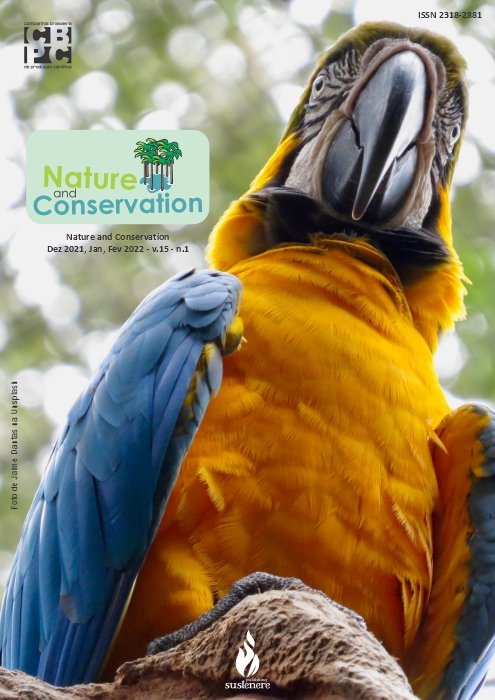Influence of the insertion of vegetation on the air temperature of an allotment of social interest in Cuiabá/MT
DOI:
https://doi.org/10.6008/CBPC2318-2881.2022.001.0005Keywords:
Thermal Comfort, Afforestation, ENVI-metAbstract
The use of vegetation as a strategy to improve thermal comfort is a cheap and efficient solution, but it could be more used in cities with a tropical climate. Thus, with the objective of analyzing the influence of vegetation on air temperature, two scenarios were modeled for a residential of social interest in Cuiabá, Mato Grosso, a model that simulates current conditions, called real, and a simulation with the with insertion of vegetation, using the ENVI-met software. Three times were modeled, 08:00, 14:00 and 20:00 for the month of September. The simulated vegetation was included in front of the dwellings and spaced 5 meters apart, according to the municipal master plan. The residential of social interest consists of 638 residences, and located in the peripheral area of Cuiabá. The maximum temperatures occurred at 14 hours, reaching 33ºC. At all times, positive changes were observed in the insertion of vegetation, in which at 14:00 it was possible to observe a decrease of up to 3ºC in air temperature, concluding that the vegetation can be a determining factor in the reduction of air temperatures in residential areas, thus generating greater thermal comfort for residents. It reinforces the need for municipal authorities to comply with the city's master plan and insert sidewalk vegetation.
Downloads
Downloads
Published
Issue
Section
License
Copyright (c) 2023 Nature and Conservation

This work is licensed under a Creative Commons Attribution-NonCommercial-NoDerivatives 4.0 International License.
The CBPC - Companhia Brasileira de Produção Científica (Brazil CNPJ: 11.221.422/0001-03) the material rights of the published works. The rights relate to the publication of the work anywhere in the world, including rights to renewals, expansions and dissemination of the contribution, as well as other subsidiary rights. All electronically published works may subsequently be published in printed collections under the coordination of this company and / or its partners. The authors preserve the copyright, but are not allowed to publish the contribution in another medium, printed or digital, in Portuguese or in translation.









